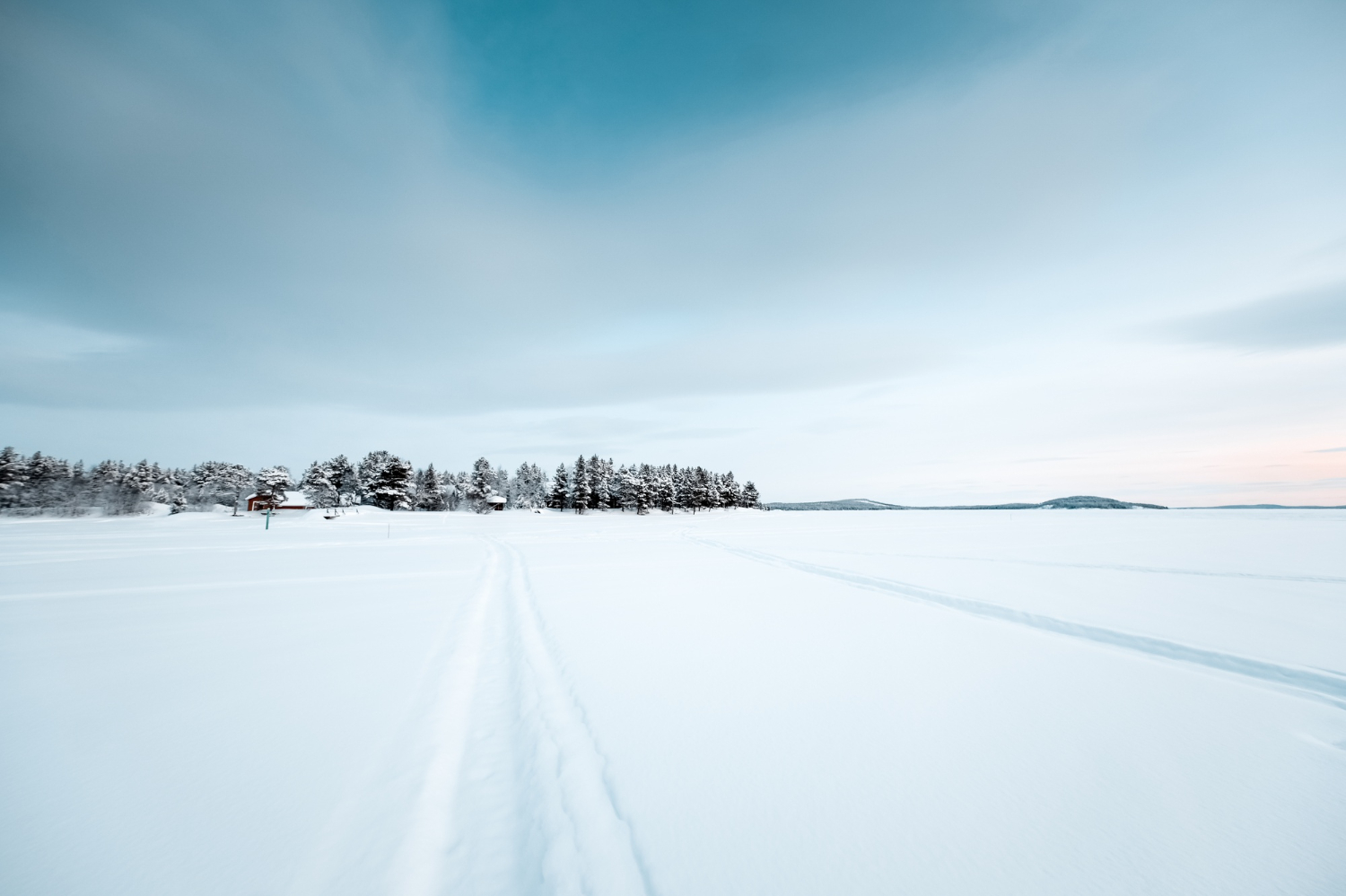
The fleece fabric is a synthetic material with a thousand secrets. Here is some information.
The classic fleece
Fleece, an innovative material developed in the 1970s as a substitute for wool, is primarily composed of plastic or petroleum-based fibers. Its main purpose was to provide improved breathability and lightweight properties to clothing. To create fleece, one needs to take a flat piece and gently rub both sides until a soft surface is achieved. Additionally, there is basic fleece made from fur or plush (highloft), which offers an exceptionally soft texture. Notably, fleece possesses hydrophobic qualities, repelling moisture effectively, thus making it an excellent choice for winter sports attire.
Micro-fleece
this is a very fine fleece fabric perfect for winter undergarments. Soft and delicate, it keeps the body at the right temperature without making it too hot.
Polartec
Polartec, a favored material used by winter clothing specialists like The North Face and Patagonia, offers ideal solutions for winter sports. Polartec 100 is lightweight, warm, and perfect for daily use. In colder conditions, Polartec 300 is highly suitable. The secret behind Polartec lies in its layered polar construction, which creates numerous micro layers of air for excellent insulation. An exciting recent development is Polartec eco, which combines the benefits of Polartec with environmental protection. It’s worth noting that 87% of the material used in Polartec eco comes from recycled sources.
Use of fleece
There are various methods for enhancing the performance of fleece:
This is to guide you with your choice.
The shape
The first thing you will need to ask is which shape do you want? There are adjusted fleece, wide fleece, zipped fleece and polar jackets that are very thick, fleece with hoodie, fleece with lateral or central pockets. For ski we recommend light fleece, adjusted and zipped, without a hoodie. You can open it in case it’s hot and wear it as a second layer under your waterproof jacket.
Sizes
Male, children, women, the models are for you to choose. Ladies, please refrain from selecting men’s fleece jackets for skiing, as they may not provide optimal comfort and warmth. Oversized jackets allow cold air to seep in, compromising your warmth, while excessively thick ones may cause discomfort or suffocation. For children, we recommend choosing jackets with snug wrist cuffs and the right size to ensure their warmth and comfort.
Fleece clothes
Fleece sweaters are perfect for the cold. Go for microfleece. The ideal fleece clothing piece is a woolen sweater. It offers breathability and anti-humidity which makes it your friend in winter sports.
Brands
The classics in terms of fleece are Eider, Spyder, The North Face, Paragonia and Millet. You will find them between €120 and €250 per piece. If you don’t want to pay too much, Decathlon offers them, too. The quality is not so high but they are still very efficient and for the price of €20 and €70.